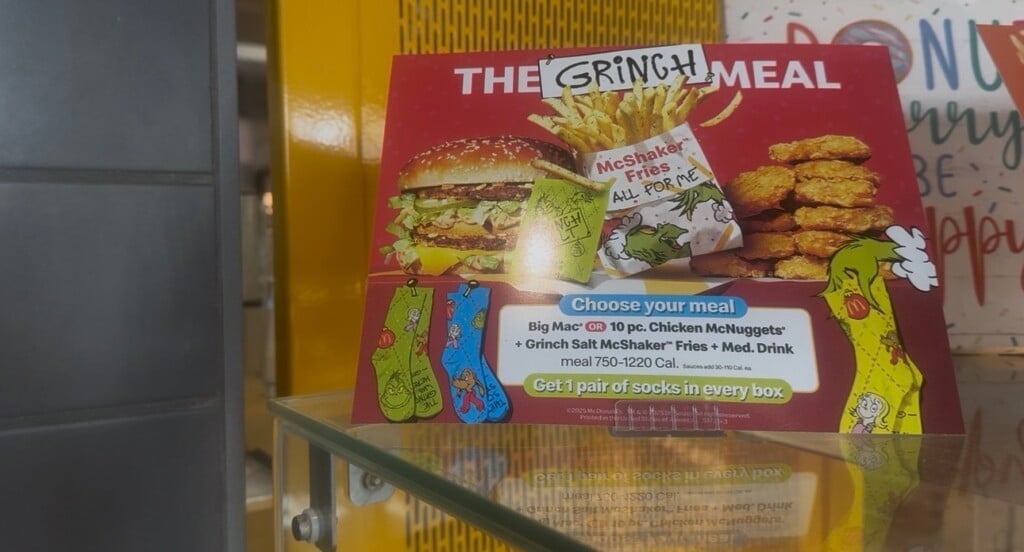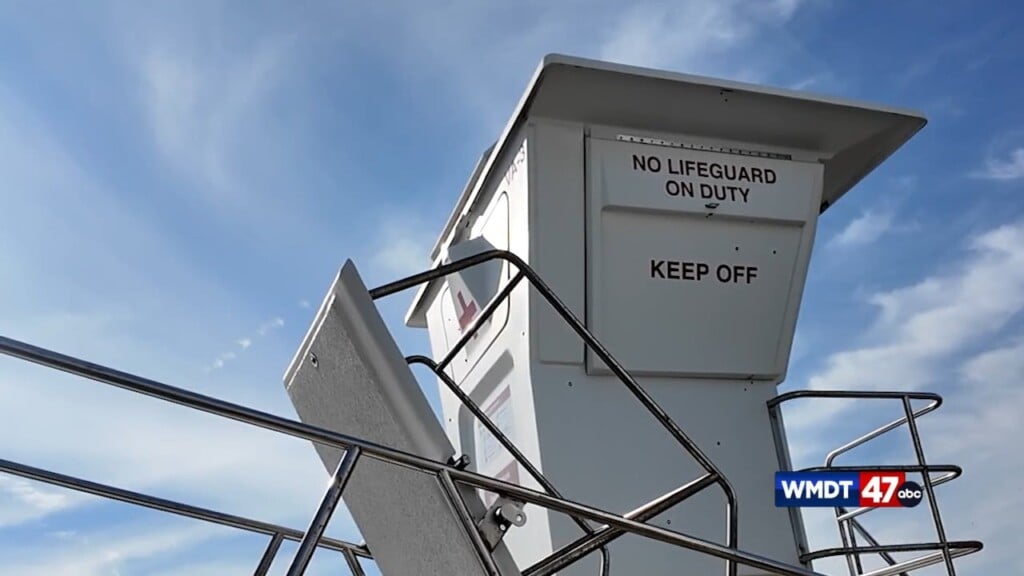Md. Agriculture Secretary urges folks to buy fresh and local amid industry challenges
SALISBURY, Md. – Every year, Maryland’s agriculture industry generates billions of dollars and employs hundreds of thousands of people. With a sector that big, there are bound to be challenges. Maryland Secretary of Agriculture Kevin Atticks visited Salisbury on Wednesday to discuss those issues with local leaders.
State Regs. May Impact Ag. Profitability
Namely, Secretary Atticks shared that the Maryland Department of Agriculture (MDA) is working to help producers navigate state regulations that may be impacting profitability.
“We have heard stories for years that if you’re a dairy in Maryland, it’s easier to send your milk to Pennsylvania, have it turned into cheese there, buy it back, and then sell it to the public here,” Secretary Atticks said. “You’re losing potentially 30% of the margin by sending it up and bringing it back. So, we want to do it here. It’s going to create more jobs and tax revenue.”
Pressure is also being put on by developers eager to meet the state’s growing housing and business needs.
Secretary Atticks said preservation efforts are MDA’s highest annual expenditure. He added that once land is developed, it’s rarely turned back into agricultural land. The state needs to strike a balance between development and agriculture, he said.
Farm Success Affects Everyone
All the while, farmers continue to operate on razor-thin margins. And when agriculture suffers, Salisbury Area Chamber of Commerce President and CEO Bill Chambers says everyone suffers.
“There’s an impact on restaurants, hotels, even dry cleaners. It impacts every segment of business because we’re all dependent on that big agricultural number that contributes to the state economy,” Chambers said.
And with agriculture being the biggest commercial industry in the state, those ripple effects can seem more like waves. As of 2022, about 350,000 Marylanders were employed by the industry, contributing $8.25 billion annually to the economy.
“If we have a shortage in agricultural products, that means higher prices for consumers and the hospitality industry, potential job losses,” Chamber said. “So, the ripple effect can be magnified tenfold.”
Vertical Integration Key to Success, Says Secretary
Even with those challenges, Secretary Atticks says Maryland’s agricultural sector is uniquely poised for success. Agriculture remains the largest single land use in the state. As of 2022, about 2 million acres, or 32% of the total land area, were used for farming.
That success might only be magnified by leaning into vertical integration.
“Think, corn into moonshine, rye into whiskey, grapes into wine, and even more creative, interesting things that you can do small on your farm,” Secretary Atticks said. “Maryland is a pretty well-paid state. And so, they’ve got discretionary income to buy interesting and local things.”
Back to Basics
Secretary Atticks added that the MDA is also hard at work offering business development support to existing, new, and would-be farmers. He shared that recently there has been a great deal of interest from folks wanting to start their own farms, particularly on the Eastern Shore.
With the proper support, the Secretary said their success is more than possible. In 2022, 12,550 Maryland farms averaged 158 acres each. 81% of those farms are family-owned, according to the U.S. Census.
“What I love about farmers is that they’re generally a quiet bunch, but they are the smartest folks in the room,” Secretary Atticks said. “The farmers have all the information that they need. They just need the opportunities.”
Looking Ahead
However, farm profitability also depends on support from the public. While food insecurity is a barrier for some in buying fresh and local, Secretary Atticks said that the MDA is working on solutions for that, too.
“All we have to do is just commit to buying a little bit from a local producer. It’s not hard,” Secretary Atticks said. “We’re trying to be innovative about how we get pop-up markets in [food-insecure] areas, how can use delivery services to get fresh food to people when they need it and where they need it, but for those of us who have the ability to make those choices, I urge you to please make those choices.”
Looking ahead, Secretary Atticks hopes to see schools do more to educate young people about agriculture. He called the lack of agriculture literacy “almost an emergency situation.”
“Everyone needs access to agricultural education,” Secretary Atticks said. “We must engage in teaching our kids about where food comes from, how agriculture works, and the economic benefits of it.”


